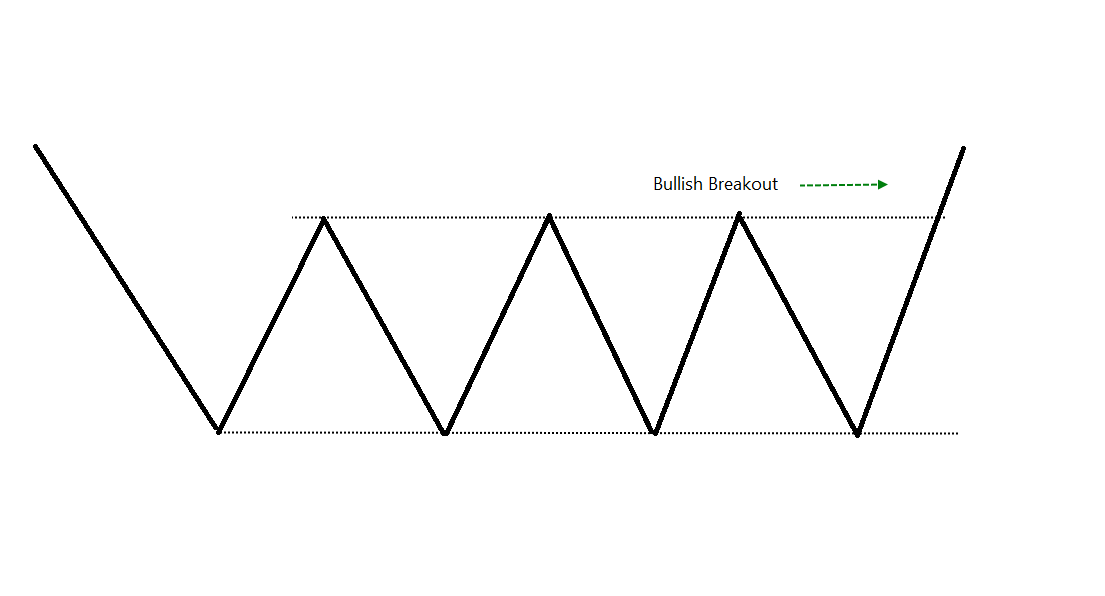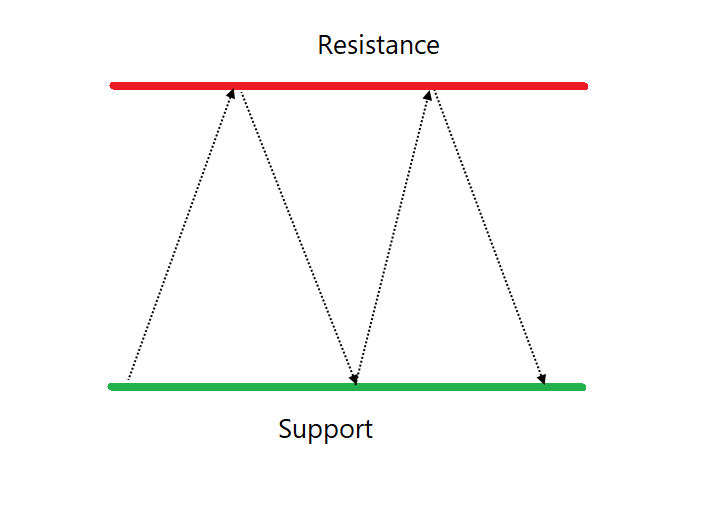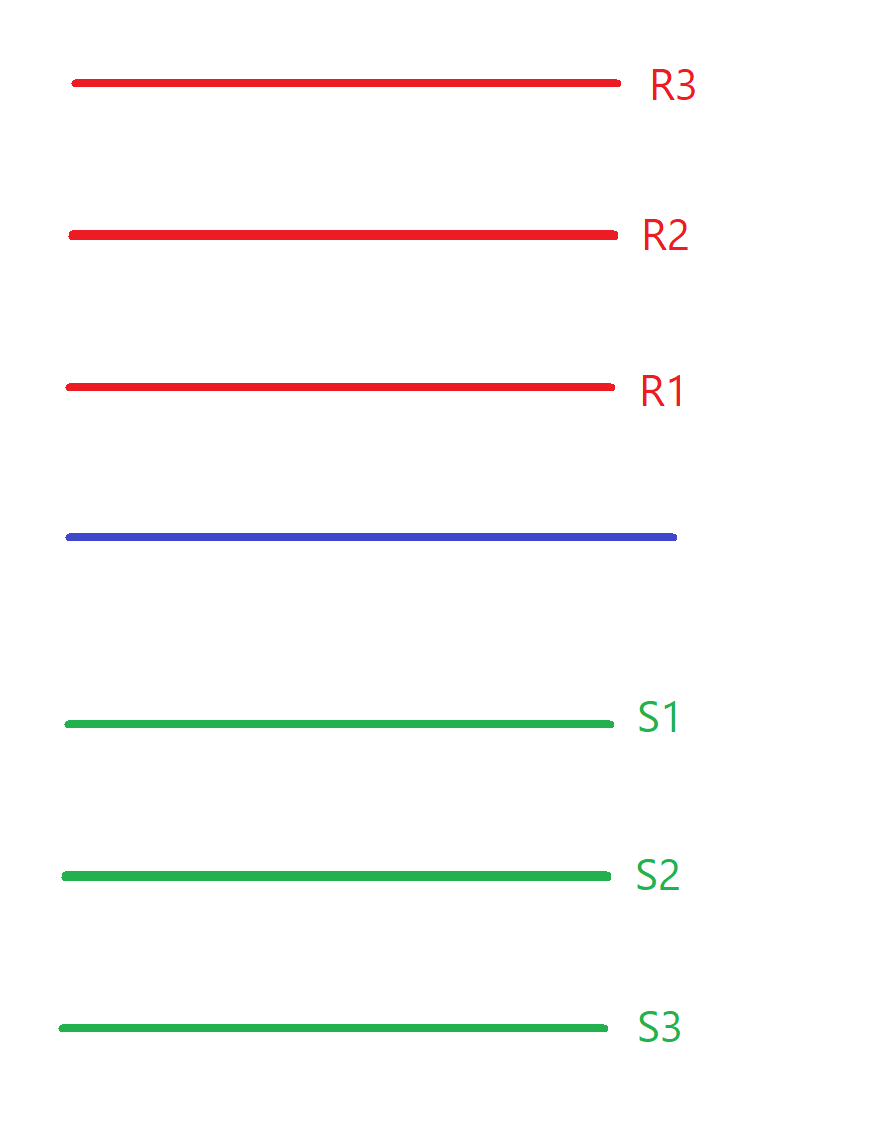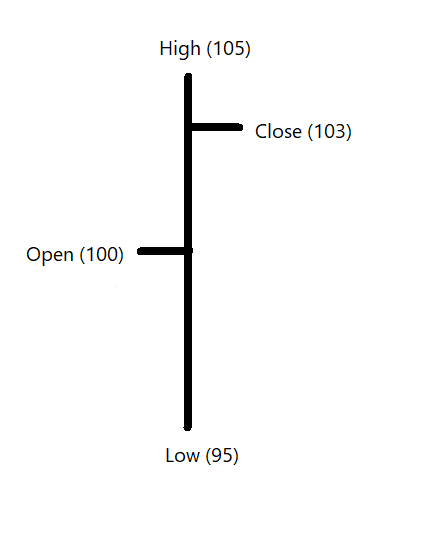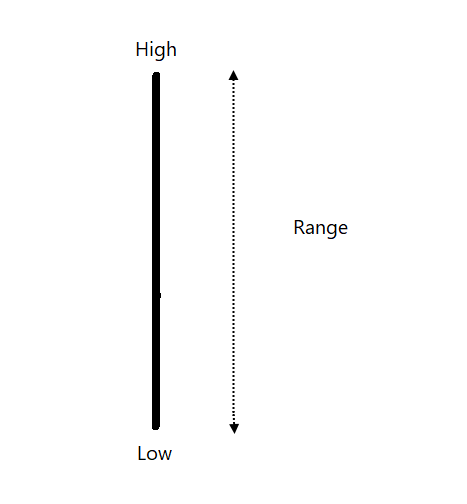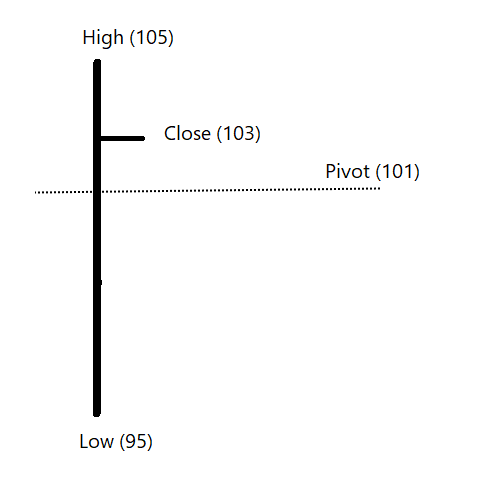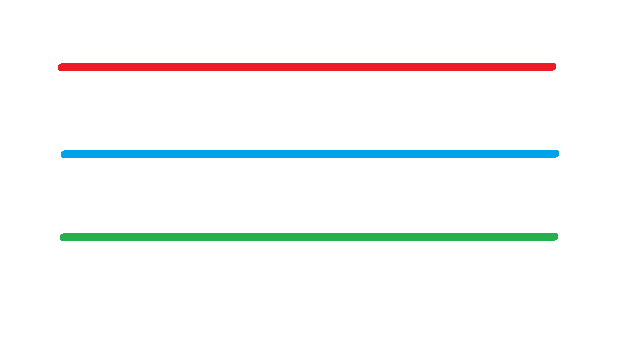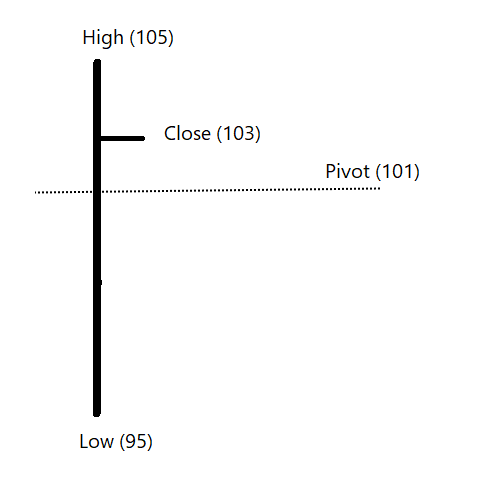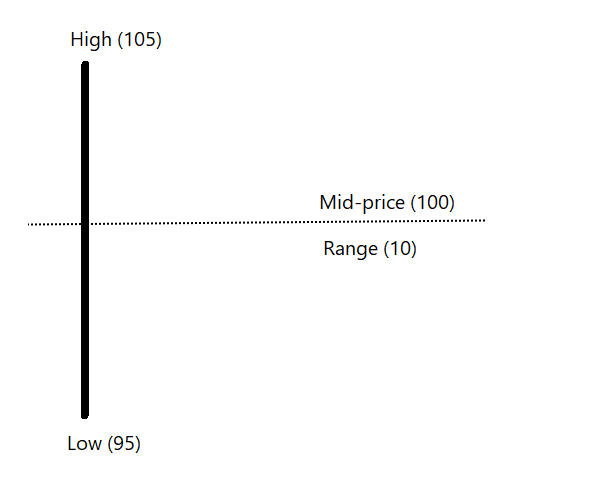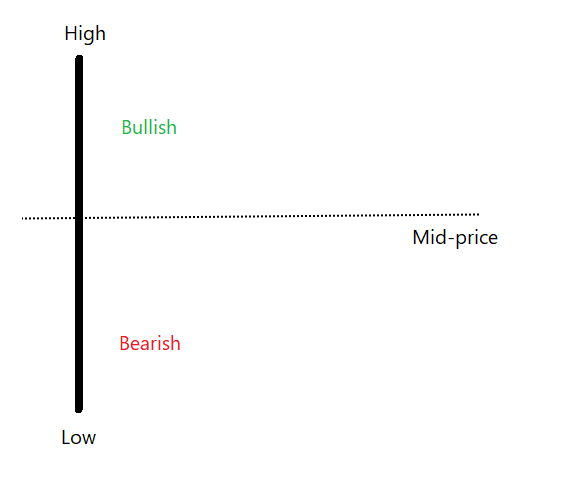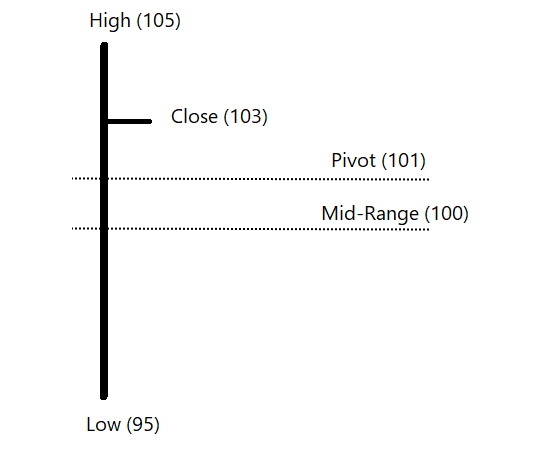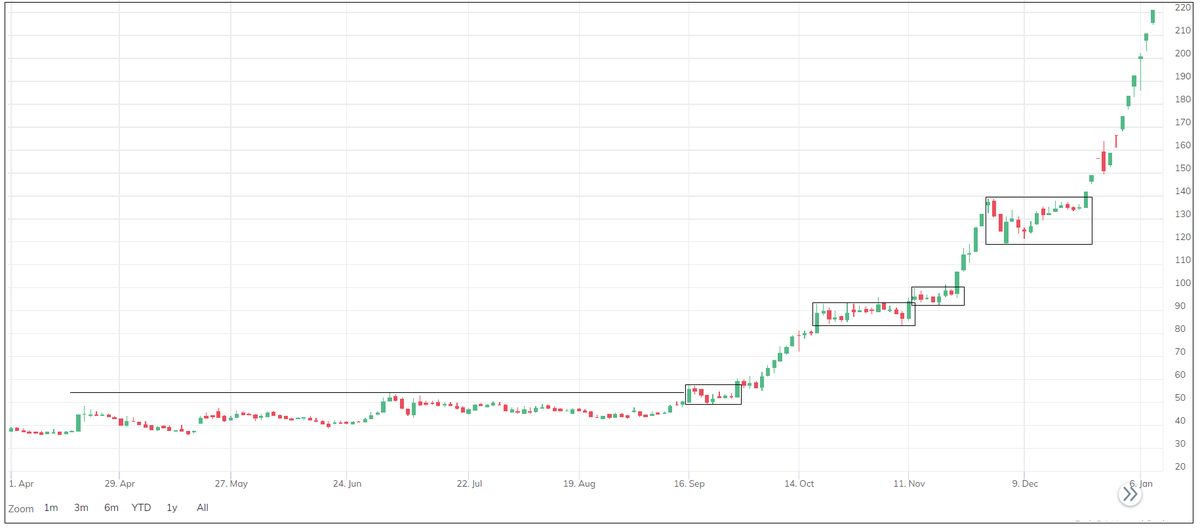Thread: Camarilla Levels
Continuing our discussion on pivot levels, we look at the Camarilla levels which is another widely followed tool.
Word ‘Camarilla’ is borrowed from Spanish. It translates to a group of confidential & private advisers of the King or person in authority.
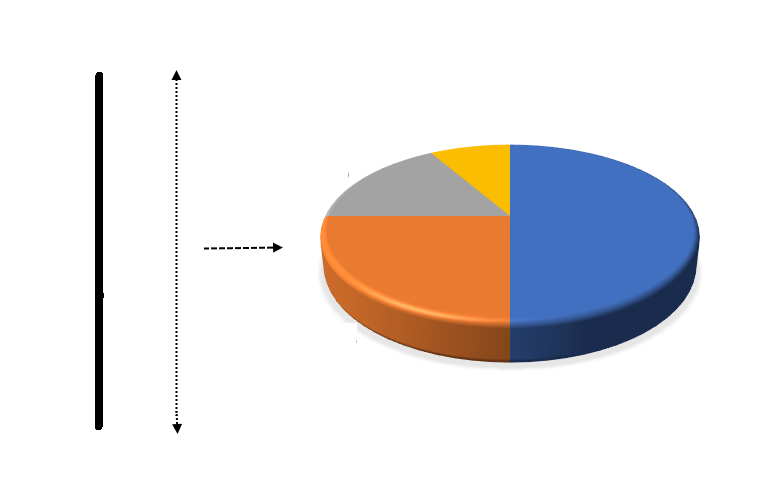
High – Low = Range of the session
Continuing with the same levels as an example, If High of the day is 105 and Low is 95, Range of the session is 10 points.
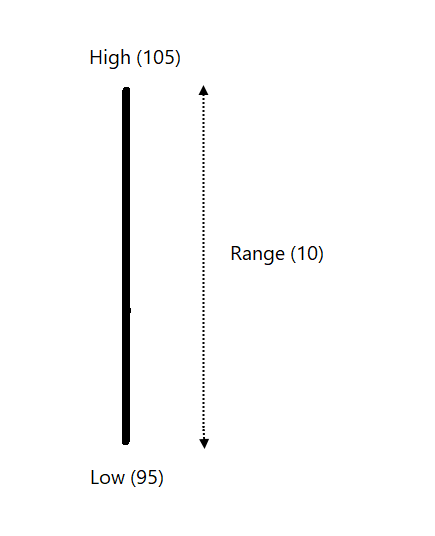
Narrow range = Not much movement
Wide Range = Strong activity
Camarilla calculation depends on the Range of the session.
Let’s expand the range to 110%. If Current range is 10, let us make it 11.
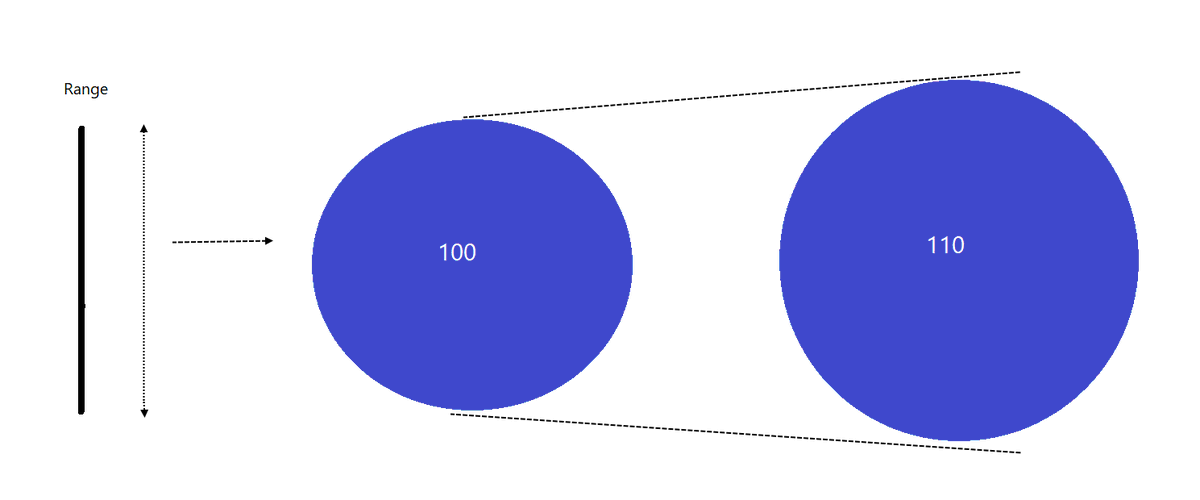
9.17%, 18.33%, 27.50% and 55% of the range.
So, if Range is 10 points:
10 x 9.17% = 0.92
10 x 18.33% = 1.83
10 x 27.50% = 2.75
10 x 55% = 5.50
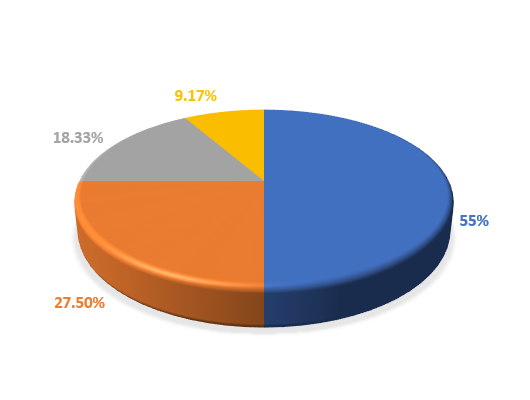
Let’s name them: L55, L27, L18 and L9.
There are 8 levels in Camarilla calculation: H1, H2, H3 and H4 plotted above the close of earlier session. L1, L2, L3 and L4 plotted below the close of the earlier session.
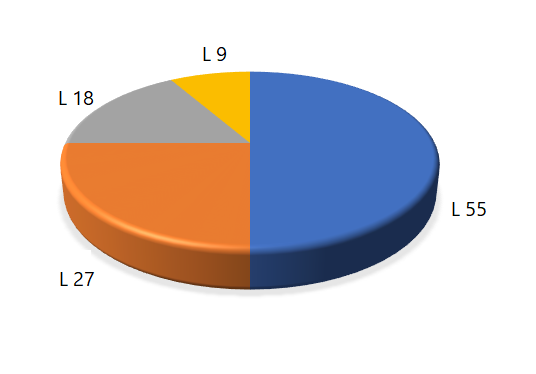
Which factor determines the strength of bulls or bears in the session?
Close.
Range = Volatility and activity
Close = Trend and Strength
If we add L9 to the close, we get H1.
If we deduct L9 from the close, we get L1.
What will be H1 and L1 if High is 105, Low is 95 and Close is 103?
See the image and calculate it before reading next.
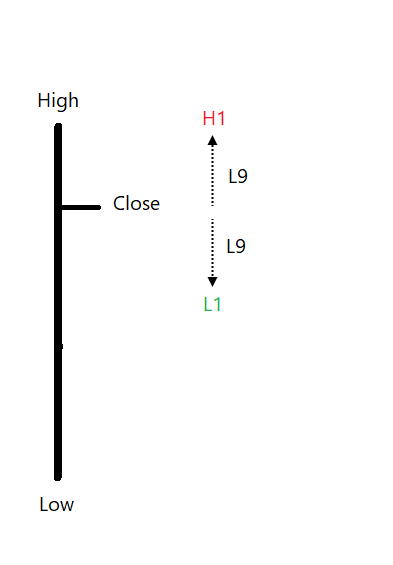
If Range is 10 points, 9.17% (L9) will be 0.92.
So,
H1 = 103.92
103 + 0.92 = 103.92
L1 = 102.08
103 – 0.92 = 102.08
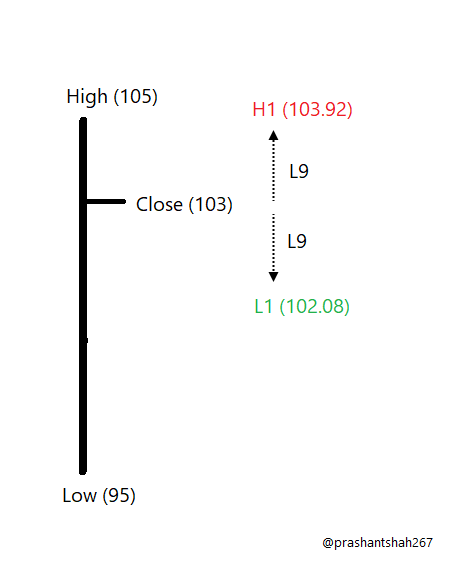
Add & deduct L18 to close to get H2 and L2.
Add & deduct L27 to close to get H3 and L3.
Add & deduct L55 to close to get H4 and L4.
Attached images explains it.
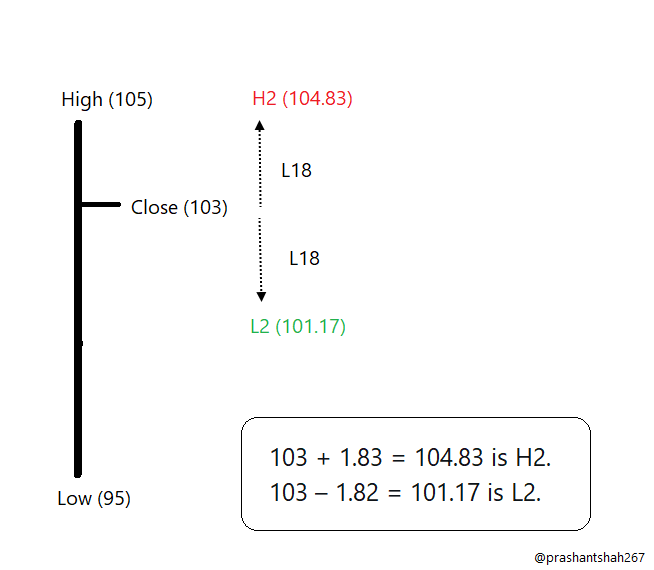
It is important to know that the position of the closing price plays an important role in placement of the levels.
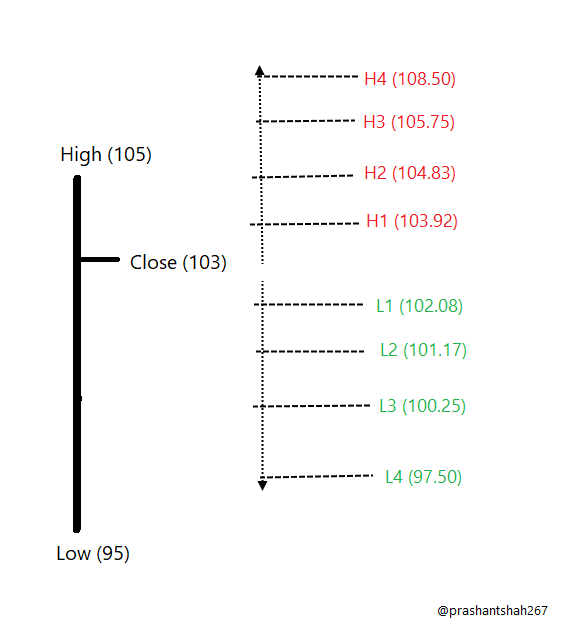
Below is the calculation if closing price was 97 instead of 103.
Same range but lower levels went far from the current bar.
Hence, the next day level depends on current session trend with respect to range.

It is a simple format of distributing the range and going from lower to higher pie for referring the levels.
8.33% of the Range is first level and it expands.
8.33 -> 16.67 -> 25 -> 50
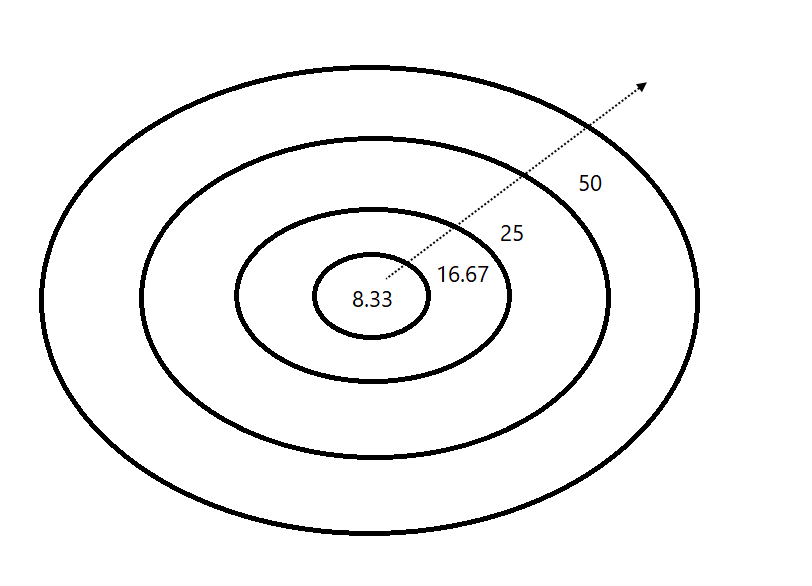
3 (L27) and 4 (L55) are strong players.
We’ll come back to the discussion on trading using these levels.
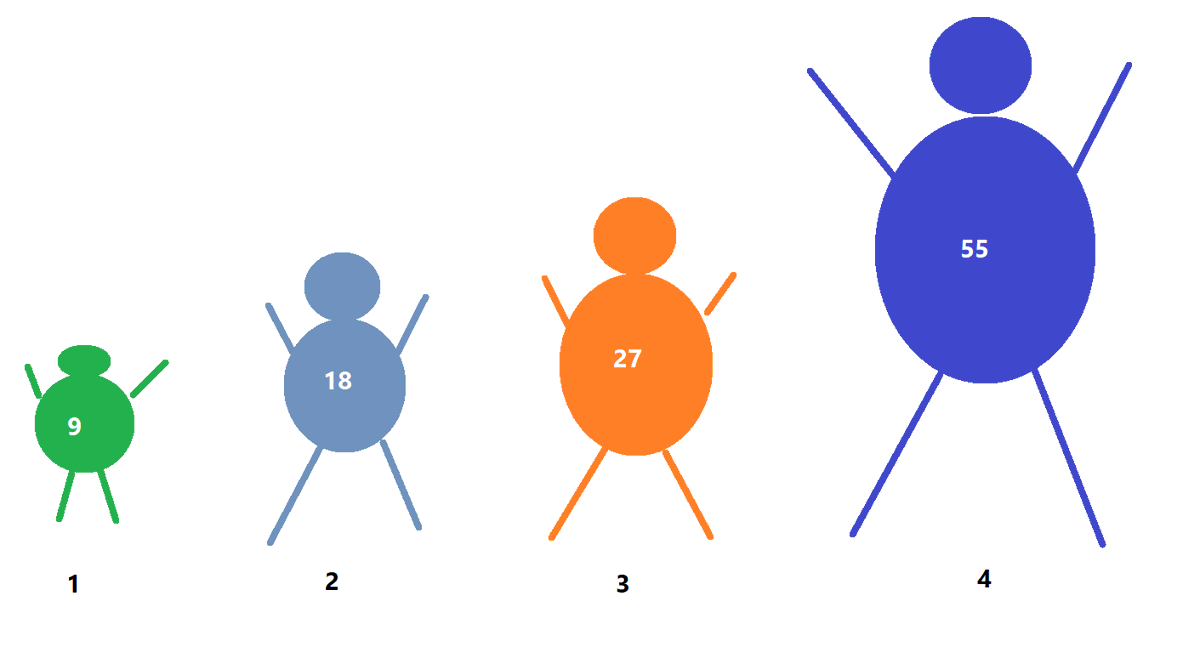
I have seen the difference in levels people use. Let's discuss them.
If we divide High by low price, we get the percentage of high to low. Let’s call it R%.
Eg, High is 100 & low is 80, R% is 125%.
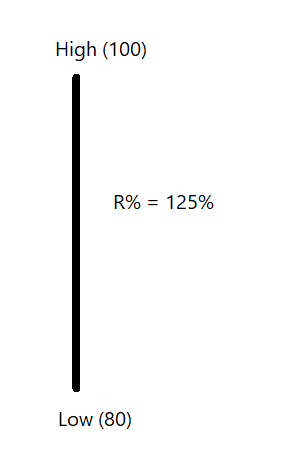
In our example, R% is 110.53% (105/95).
Close multiplied by R%
103 x 110.53% = 113.84 (RH)
Deduct distance bw close & RH to plot the equidistance lower level
103 - (113.84 – 103) = 92.16 (RL).
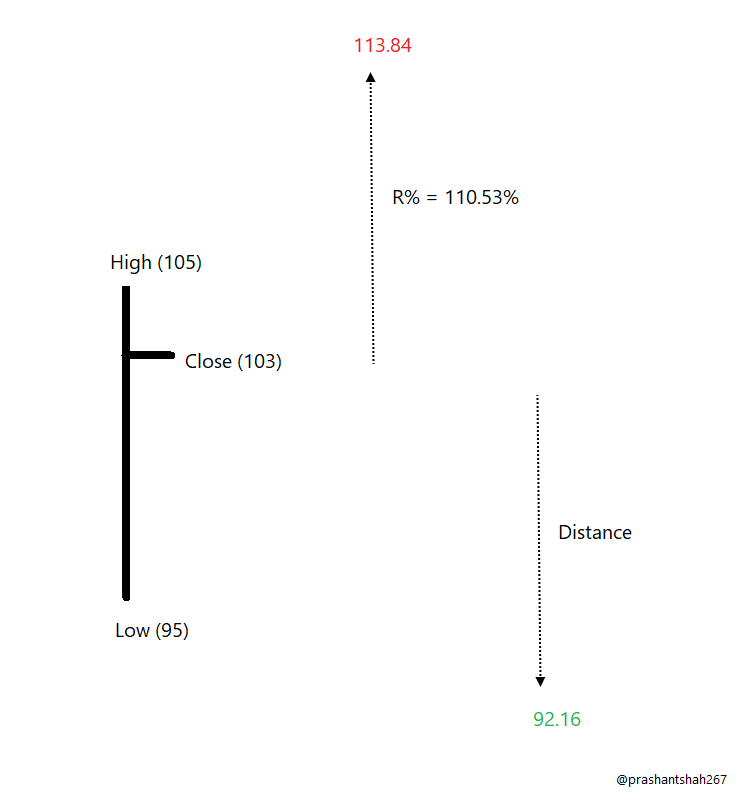
If the RH level is H5,
1.168 times of difference between H5 and H4 and add to H5
1.168 (113.84 – 108.50) + 113.84 = 120.08
Difference between H6 and Close to be deducted from close to get L6.
103 – 17.08 = 85.92.
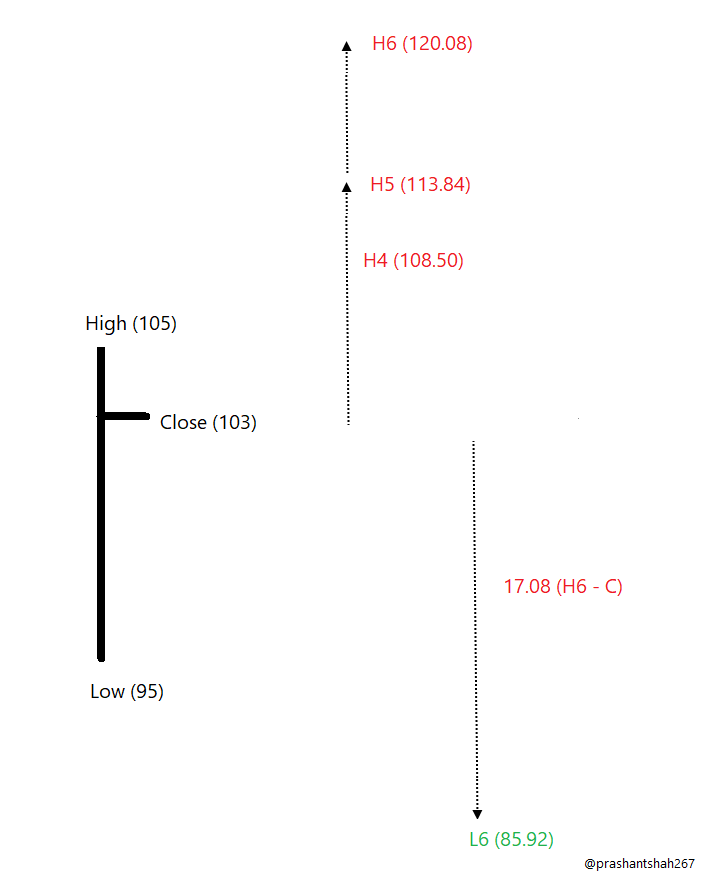
If RH is H6, 32.12% of the range is added to H4 to get H5.
10 x 32.12% = 3.21
H5
108.50 + 3.21 = 111.71
L5
97.50 – 3.21 = 94.29
I would prefer plotting R levels as H5 and L5.
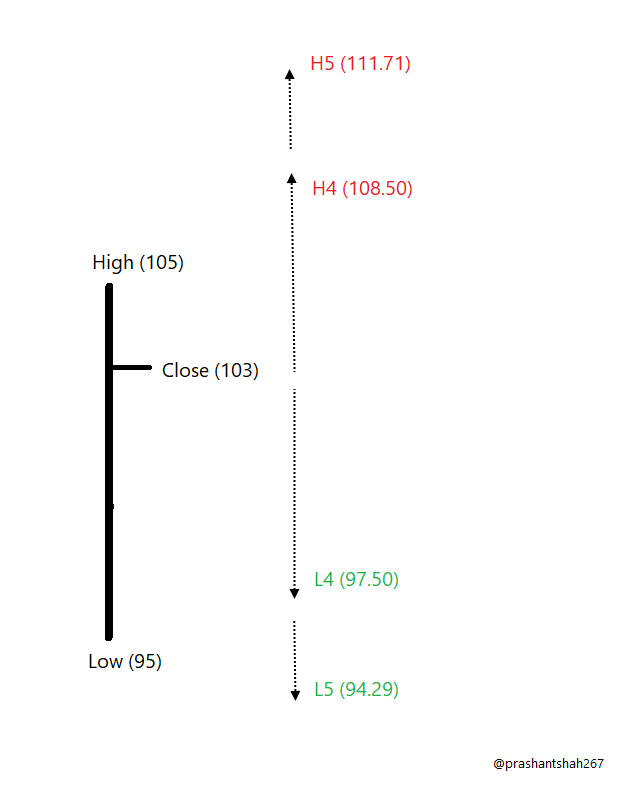
H3 and L3 are considered as mean reversion levels. They are useful in rangebound markets. Sell at H3 with stop-loss of H4, L1 and L2 are target areas. Buy at L3 with stop-loss of L4 for target areas of H1 or H2.
Going above H4 & falling below H3 is a bearish reversal pattern. Going below L4 & bouncing back above L3 is a bullish reversal pattern.
We can reduce it to 6.
H3 & L3 (L27) is a mean reversion.
H4 & L4 (L55) are breakout levels.
Plot R level as H5 or L5 for a target area.
So, you consider it breakout based on the highest pie of the previous range.
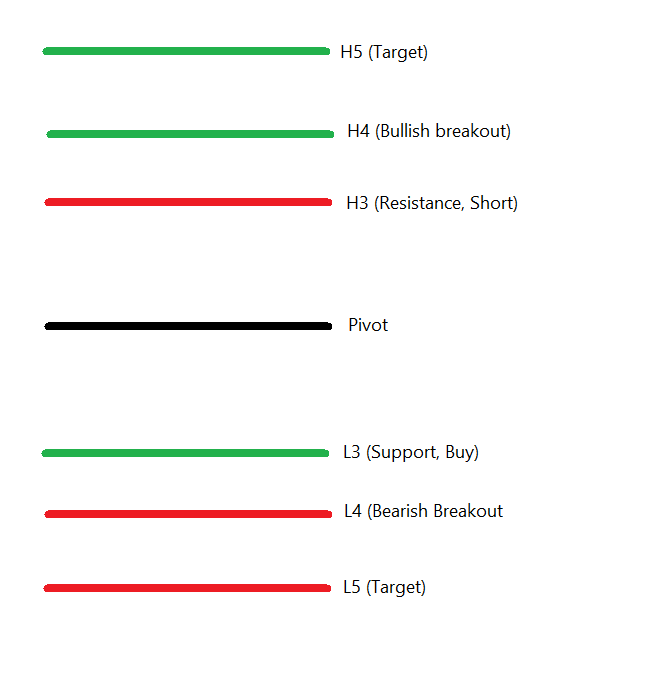
Trade breakout patterns & look for range expansion when price is beyond these levels. Else, look for mean reversion patterns or avoid trading.
Nonetheless, you can also use any of these levels for profit booking
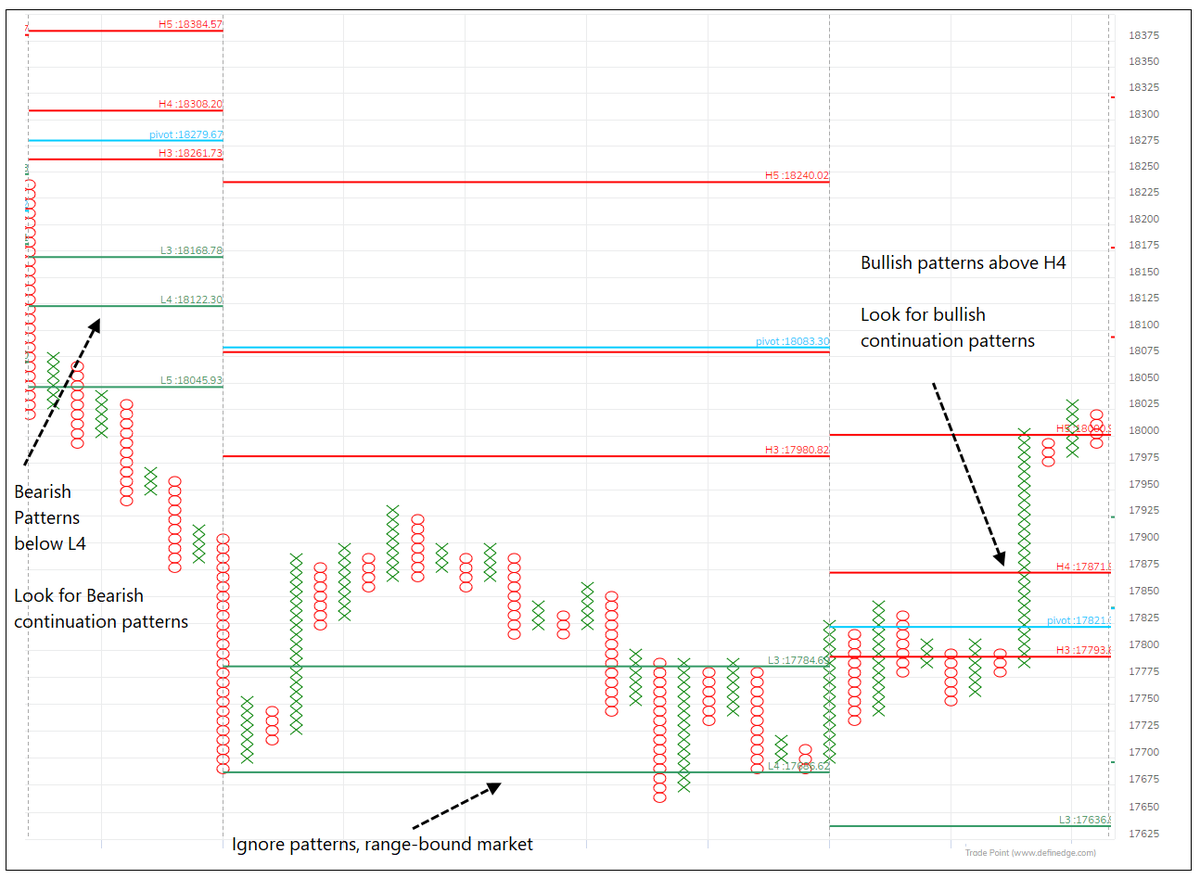
More from Prashant Shah
You May Also Like
Nano Course On Python For Trading
==========================
Module 1
Python makes it very easy to analyze and visualize time series data when you’re a beginner. It's easier when you don't have to install python on your PC (that's why it's a nano course, you'll learn python...
... on the go). You will not be required to install python in your PC but you will be using an amazing python editor, Google Colab Visit https://t.co/EZt0agsdlV
This course is for anyone out there who is confused, frustrated, and just wants this python/finance thing to work!
In Module 1 of this Nano course, we will learn about :
# Using Google Colab
# Importing libraries
# Making a Random Time Series of Black Field Research Stock (fictional)
# Using Google Colab
Intro link is here on YT: https://t.co/MqMSDBaQri
Create a new Notebook at https://t.co/EZt0agsdlV and name it AnythingOfYourChoice.ipynb
You got your notebook ready and now the game is on!
You can add code in these cells and add as many cells as you want
# Importing Libraries
Imports are pretty standard, with a few exceptions.
For the most part, you can import your libraries by running the import.
Type this in the first cell you see. You need not worry about what each of these does, we will understand it later.
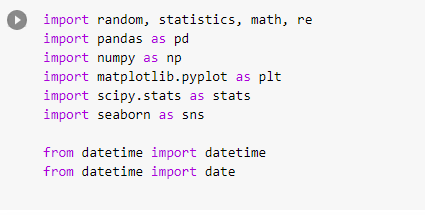
==========================
Module 1
Python makes it very easy to analyze and visualize time series data when you’re a beginner. It's easier when you don't have to install python on your PC (that's why it's a nano course, you'll learn python...
... on the go). You will not be required to install python in your PC but you will be using an amazing python editor, Google Colab Visit https://t.co/EZt0agsdlV
This course is for anyone out there who is confused, frustrated, and just wants this python/finance thing to work!
In Module 1 of this Nano course, we will learn about :
# Using Google Colab
# Importing libraries
# Making a Random Time Series of Black Field Research Stock (fictional)
# Using Google Colab
Intro link is here on YT: https://t.co/MqMSDBaQri
Create a new Notebook at https://t.co/EZt0agsdlV and name it AnythingOfYourChoice.ipynb
You got your notebook ready and now the game is on!
You can add code in these cells and add as many cells as you want
# Importing Libraries
Imports are pretty standard, with a few exceptions.
For the most part, you can import your libraries by running the import.
Type this in the first cell you see. You need not worry about what each of these does, we will understand it later.


